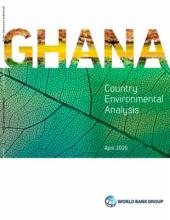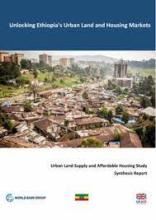Land Library
Welcome to the Land Portal Library. Explore our vast collection of open-access resources (over 74,000) including reports, journal articles, research papers, peer-reviewed publications, legal documents, videos and much more.
/ library resources
Showing items 1 through 9 of 4721.June 4, 2021 -- An increasing number of countries are facing growing levels of acute food insecurity, reversing years of development gains.
Over the past 30 years, real GDP in Ghana has more than quadrupled, and in 2011 the country joined the ranks of Lower Middle-Income Countries (LMICs).
In May 2019, a complaint was lodged with CAO by members of 22 communities from the Margibi and Bong Counties in Liberia (the “Complainants”), supported by the NGOs Green Advocates International (GAI), Alliance for Rural Democracy (ARD), Natural Resource Women Platform (NRWP), and the Yeagbamah Na
Ethiopia’s rapidly growing urban centers are facing an unprecedented level of demand for urban land
and housing. How can Ethiopia supply urban land in an efficient and equitable fashion to accommodate
This note is part of an Action Notes series and provides guidance for governments and companies on examples to follow to engage youth in participating in agriculture.
A lot of aspects are commonly subsumed under the concept land reform. These range from redistribution to tenure and agrarian reform. What do these different concepts mean? Agrarian reform: this is the broadest term and refers to attempts to change the agrarian structure of a country.
There has been rapid growth in urban populations in Namibia (Pendleton et al, 2014). This growth is amongst predominantly amongst less educated, poorer migrants from rural areas in search of opportunities in urban areas.
Ancestral land refers to ‘land of ancestors’. That is the land occupied by ones’ forebearers for generations and left something behind of value for current and future generations. There are usually contestations as to which ancestors the land
Namibia is moving towards an urbanised country. This is illustrated by the fact that at independence Namibia was only 28% urbanized by 2011 urbanization has already grown to 42% and current projections are that by 2020 urbanization would by 66% and more than 70% by 2030.





